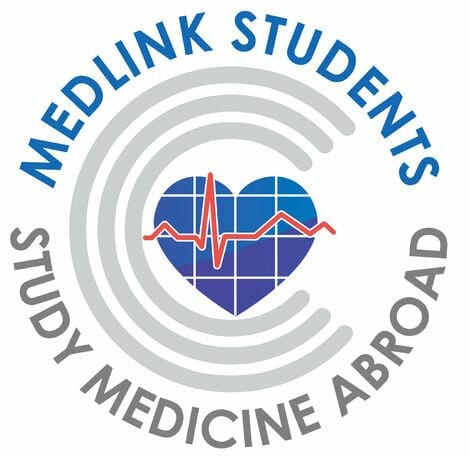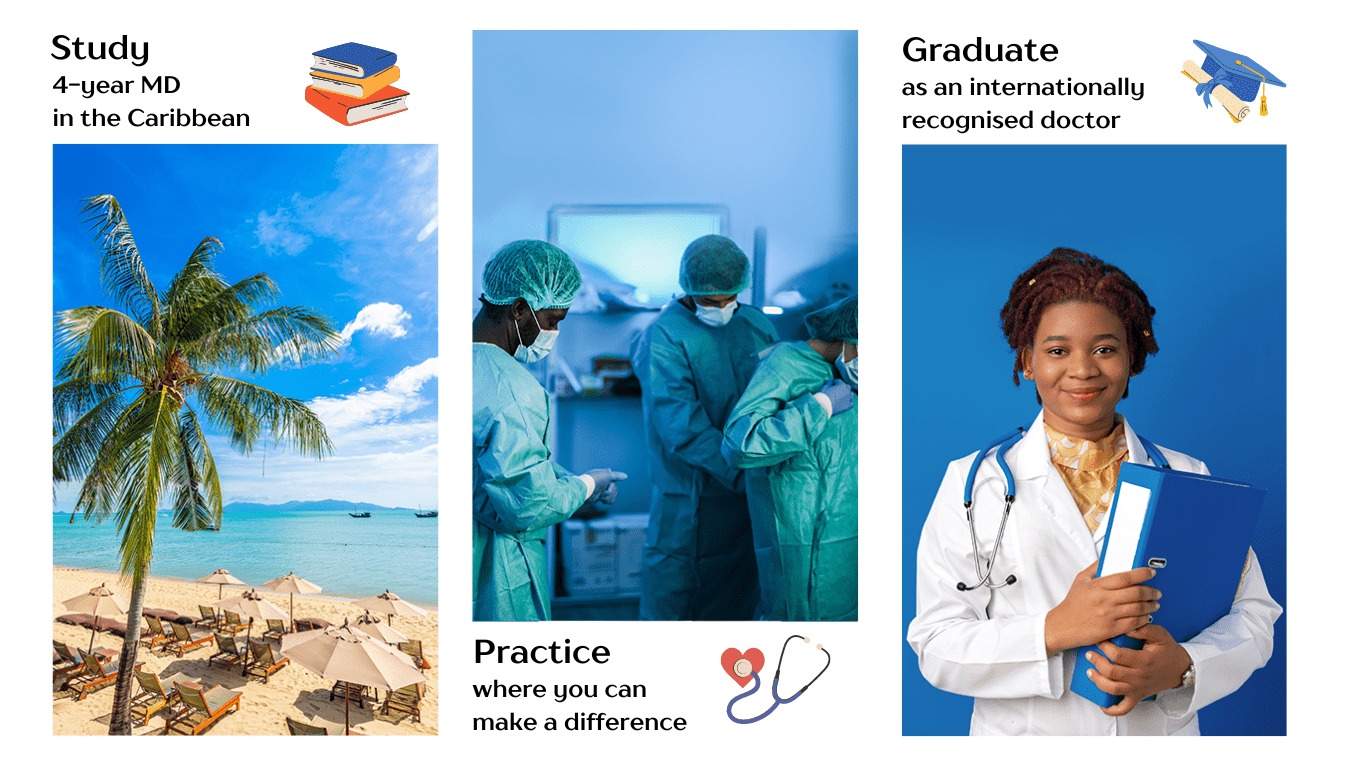Step-by-Step Guide on How to Become a Dermatologist: Pathways, Cost & Timeline

If you’re interested in a career in medicine and are passionate about helping people feel confident in their own skin (literally), dermatology just might be your perfect match.
But how do you become a dermatologist? How long does it take? What’s the journey like? What skills are required?
This guide explains everything step by step so you’ll know exactly what to expect on your path to becoming a dermatologist in the UK, USA and Europe. We’ll also outline the timeframes, career paths and salaries for dermatologists, along with the skills needed to succeed in this competitive field.
The key takeaways of this blog include:
- Becoming a dermatologist takes 10–15 years, depending on the location (UK, throughout Europe, or the USA).
- Education & training involves medical school, clinical training, and dermatology specialisation.
- The process can cost £120,000–£200,000 in the UK, €75,000–€250,000 in Europe, and $400,000–$800,000 in the USA.
- Dermatologists annually earn £92,000–£150,000+ in the UK, €50,000–€270,000+ in Europe and $240,000–$500,000+ in the USA.
Table of Contents
- 1 What Does a Dermatologist Do?
- 2 The Required Skills for Dermatology
- 3 The Steps to Becoming a Dermatologist
- 4 How Long Does It Take to Become a Dermatologist?
- 5 How Much Does It Cost to Become a Dermatologist?
- 6 How Much Do Dermatologists Earn?
- 7 Career Paths for Dermatologists
- 8 Why This Matters to You
- 9 FAQ - How to Become a Dermatologist
- 9.0.1 1. What does a dermatologist do?
- 9.0.2 2. How long does it take to become a dermatologist?
- 9.0.3 3. What subjects should I study in high school if I want to become a dermatologist?
- 9.0.4 4. What are the entrance exams for medical school?
- 9.0.5 5. Is dermatology a competitive speciality?
- 9.0.6 6. How much does it cost to become a dermatologist?
- 9.0.7 7. Do dermatologists earn well?
- 9.0.8 8. Can I study medicine in one country and practice dermatology in another?
- 9.0.9 9. Can I work in both clinical dermatology and cosmetic dermatology?
- 9.0.10 10. Are dermatologists in demand?
- 9.0.11 11. Can I start my own practice as a dermatologist?
What Does a Dermatologist Do?
Dermatologists are medical doctors who specialise in diagnosing and treating conditions related to the skin, hair, and nails. However, the role is much more than that, as skin specialists also play a big role in improving the confidence and quality of life of millions of patients each year.
Here are some of the duties that dermatologists perform which can shape your future day-to-day work life:
- Diagnosing and treating skin, hair, and nail issues.
- Performing minor surgeries, like mole removals.
- Addressing cosmetic concerns such as wrinkles or birthmarks.
- Developing personalised treatment plans.
- Conducting follow-up examinations and adjustments to treatments.
💡 Not-so-fun fact: there are approximately 2000 different skin conditions. Skilled dermatologists can treat everything from acne and eczema to complex conditions like skin cancer.
The Required Skills for Dermatology
If you’re uncertain whether you’ll be able to perform the job, here are the essential skills you’ll need to become a top-notch dermatologist:
- Attention to detail is needed to identify subtle changes in skin conditions.
- Excellent communication skills to effectively explain diagnosis and treatment plans to patients.
- Manual dexterity and practical skills are essential for performing precise surgical procedures, like removing stubborn warts or repairing damaged skin through grafting.
- Problem-solving skills to devise effective treatment strategies.
- Organisational skills to manage patient records and schedules efficiently and responsibly.
- Adaptability and constant learning - the ability to quickly absorb and apply new knowledge is crucial for staying up-to-date with the latest advancements in a constantly evolving field.
If you already have all of these, then you’re more than ready to embark on your educational journey.
The Steps to Becoming a Dermatologist
Becoming a dermatologist requires years of dedication, training, and specialised education. The exact process varies by region and country, but the fundamental steps remain the same: excelling academically, completing medical school, getting clinical experience and undertaking focused dermatology training.
Here’s our step-by-step guide for becoming a specialist in the UK, Europe, and the US.
How to Become a Dermatologist in the UK
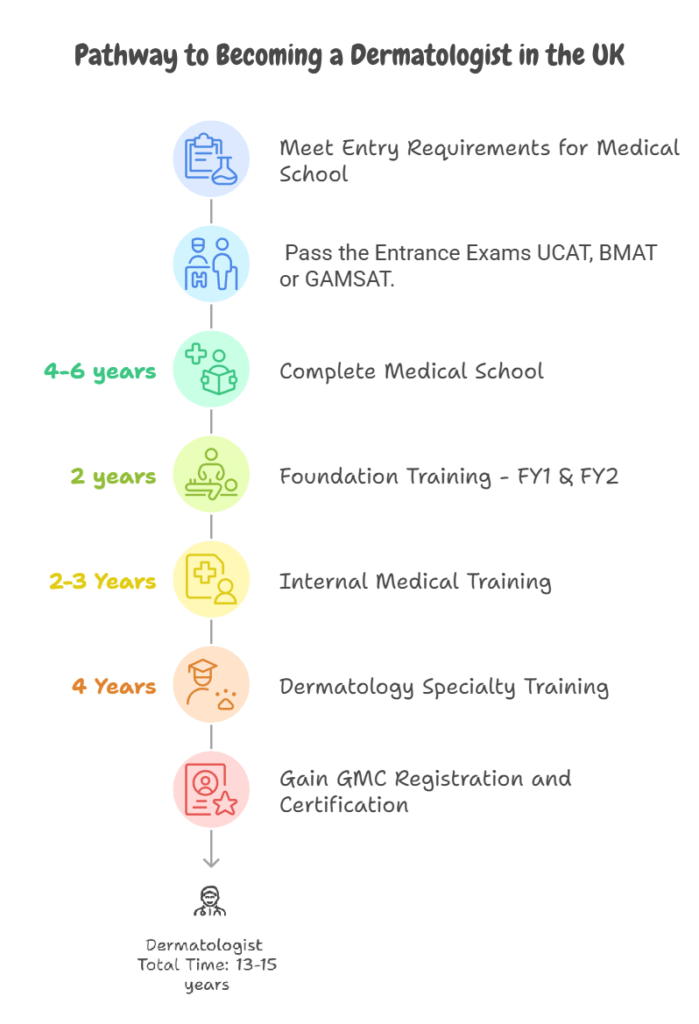

In the UK, becoming a dermatologist follows a structured pathway that integrates medical school, clinical experience, and speciality training. These are the key milestones that you’ll need to go through:
1. Meet the Entry Requirements for Medical School
The journey to becoming a dermatologist begins in high school, as most students in the UK go directly to medical school after completing their A-levels.
The typical subject requirements for medicine are Biology and Chemistry (and sometimes Maths). Students who lack the necessary science background can consider signing up for foundation or access courses to prepare for medical school.
🎓 Pro tip: aim for AAA, but preferably A*AA at A-levels, as this will boost your chances when applying to medical school.
2. Pass the Entrance Exams
Before medical school, you’ll need to tackle one of these 3 exams:
- University Clinical Aptitude Test (UCAT) - a commonly used computer-based test that assesses a range of mental abilities and behavioural attributes considered essential for a career in medicine.
There are about 3 times more medical schools in the UK that use the UCAT than the BMAT.
- BioMedical Admissions Test (BMAT) - A less common exam focused on scientific knowledge and its application, as well as critical thinking and problem-solving skills.
- Graduate Medical School Admissions Test (GAMSAT) - primarily used for graduate entry medicine, it tests reasoning across science and humanities.
Each medical school may have different preferences, so research carefully. Some students even opt for taking both the UCAT and BMAT to maximise their chances of getting accepted.
3. Complete Medical School
Medical school is where you lay the foundation of your career. Over 4-6 years, you’ll study anatomy, pharmacology, and everything else that makes a good medical professional. Here, you can expect a mix of lectures, lab work, practical training, and a whole lot of reading.
By the time you graduate, you’ll have earned a medical degree and be ready for hands-on experience in real-world healthcare.
4. Undertake Foundation Training
To become a dermatologist, you must get at least 4 years of postgraduate clinical experience along with a relevant postgraduate qualification.
4.1 Foundation Year 1 and 2 (FY1 and FY2)
At this point, you will begin earning a salary between £36,616 and £42,008 a year (accurate as of April 1st, 2024; may be subject to change).
Your 2 years of foundation training are dedicated to building your core medical skills by applying your knowledge in a practical setting. As a Foundation Doctor, you’ll rotate through different specialities, including internal medicine, general surgery, and more.
This is the perfect opportunity for graduates to find the niche of medicine that intrigues them most.
4.2 Internal Medical Training (previously Core Medical Training)
After completing foundation training, you must undertake 1 of the following training pathways:
- 2-3 years of Internal Medicine Training (IMT) and passing the MRCP (Membership of the Royal College of Physicians).
- 3 years of Acute Medicine Training and passing the MRCP.
- 3 years of Paediatrics Training, including 1 year in adult Internal Medicine, and passing the MRCPCH (Membership of the Royal College of Paediatrics and Child Health).
📝Note: passing the MRCP or MRCPCH is mandatory to progress to speciality training in dermatology.
5. Dermatology Specialty Training and Certificate Exam
Once you’ve completed your core training and passed the necessary postgraduate exams, you can apply for Specialty Training in Dermatology. This advanced training typically lasts 4 years, and during this you will:
- Gain expertise in diagnosing and managing complex skin conditions.
- Perform dermatological procedures, including skin biopsies, excisions, and cosmetic treatments.
- Work in clinical, surgical, and outpatient settings to refine your skills.
Towards or at the end of your speciality training, you will need to sit the Speciality Certificate Examination in Dermatology (SCE).
After this, you will receive your Certificate of Completion of Training (CCT) and be prepared to handle a wide range of dermatological issues as an independent practitioner.
6. Gain GMC Registration and Certification
To officially become a Consultant Dermatologist in the UK, the final step you’ll need to take is to achieve full registration with the General Medical Council (GMC).
Optionally, many dermatologists pursue board certification or fellowships to deepen their expertise or specialise further at this stage (e.g., paediatric dermatology or dermatopathology).
Total pathway duration: 13-15 years.
How to Become a Dermatologist in Europe
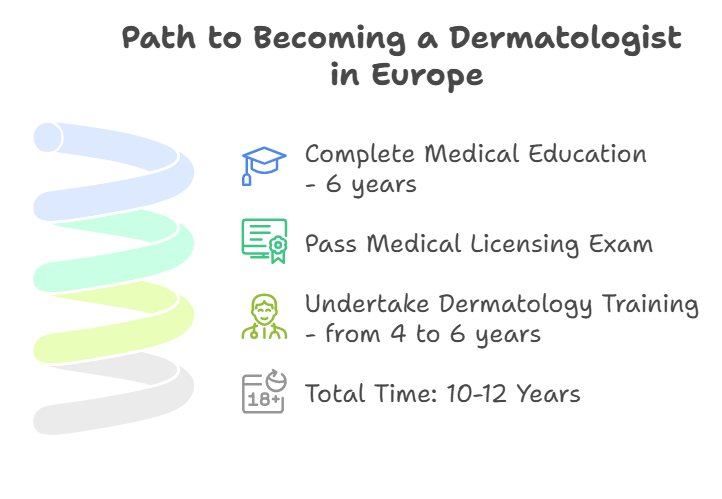

Becoming a dermatologist in Europe is relatively straightforward, but it varies slightly from country to country. One certain thing is that the journey is generally more direct than in the UK.
The steps to become a dermatologist in Europe are:
1. Complete Your Medical Education
In most European countries, you can enter medical school directly after secondary education, provided you meet entry requirements, such as strong grades in science subjects (e.g., Biology and Chemistry). Some European universities also require passing an entrance exam or interview, but several medical schools don’t have one at all.
Medical programmes typically last 6 years in Europe and combine preclinical (theoretical) and clinical (practical) training in the curriculum. Normally, the final year includes clinical training through internships in hospitals and clinics.
2. Pass the Medical Licensing Examination
After graduating from medical school, typically, you must pass a licensing exam to practice medicine. While the structure varies by country, these exams assess your readiness for medical practice.
If you’re looking to practise in the UK after graduating from a European medical school, there are some extra steps involved - mainly passing the PLAB test and registering with the GMC. Here are the steps you’ll need to take to achieve GMC registration as a European graduate.
3. Undertake Dermatology Speciality Training
After obtaining your medical license, you’ll need to apply for dermatology speciality training.
Dermatology training across Europe typically lasts 4-6 years and includes:
- Clinical rotations in dermatology departments.
- Training in diagnosing and treating skin conditions, including surgical procedures.
- Research and theoretical education as per the European Union of Medical Specialists (UEMS) standards.
Total pathway duration: 10-12 years.
Dermatology specialists trained in an EU country can practice in other EU nations with minimal barriers, thanks to the European Professional Card (EPC). Most EU countries follow harmonised training standards, making it easier for qualified dermatologists to practice in many countries across Europe.
How to Become a Dermatologist in the USA
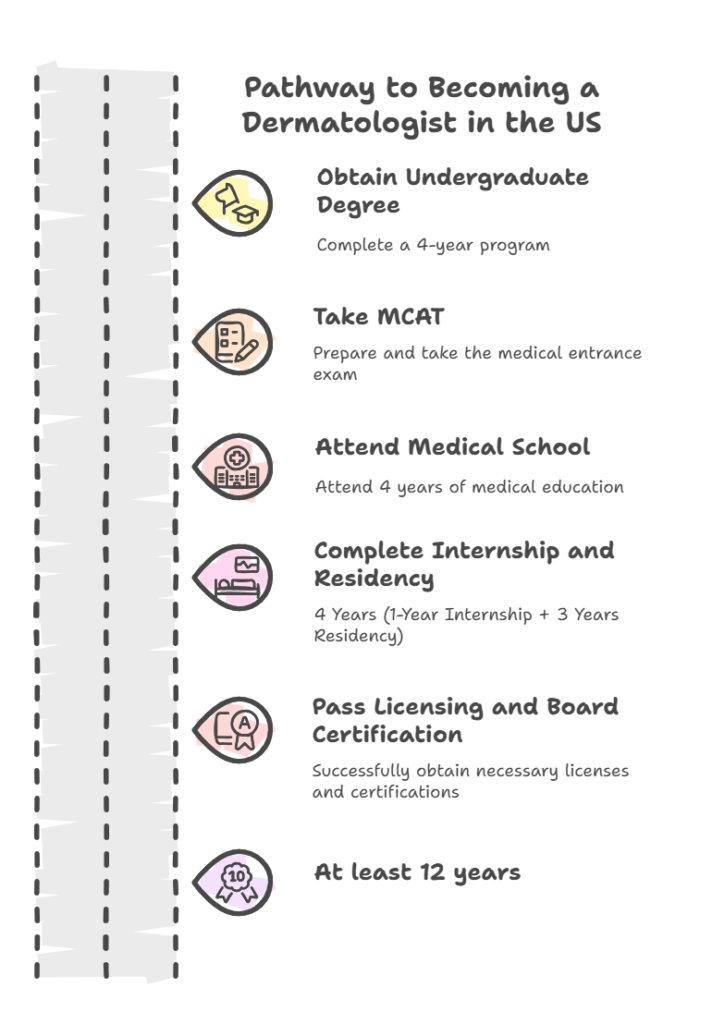

In the USA, the process of becoming a dermatologist differs slightly. Typically, in America, medical education is a post-graduate qualification, which alters the steps:
1. Get an Undergraduate Degree
Before applying to medical school, students must complete a 4-year undergraduate degree (college/bachelor’s degree) with a focus on pre-medical courses like biology, chemistry, and physics.
2. Take the Medical College Admission Test (MCAT)
A strong academic performance in your undergrad degree and high scores on the MCAT are essential to getting into a US medical school.
3. Attend Medical School
Medical school in the USA typically lasts 4 years, with the first 2 years focusing on foundational medical sciences and the last 2 years devoted to clinical training.
4. Get An Internship & Residency Training
After earning a Doctor of Medicine (MD) or Doctor of Osteopathic Medicine (DO) degree, graduates enter a 1-year internship and a 3-year specialised dermatology residency programme. Students can also opt for a sub-speciality/fellowship, which takes an extra 1-2 years.
5. Pass Licensing and Board Certification
To practice, doctors must pass the United States Medical Licensing Examination (USMLE) or the equivalent exam for DOs, the COMLEX-USA. Board certification in dermatology is obtained by passing exams from the American Board of Dermatology (ABD).
Total pathway duration - at least 12 years.
Ready to start your journey to becoming a healthcare professional? The Student Success Programme by Medlink Students has helped thousands of students just like you achieve their dreams. We provide tailored guidance to fast-track your educational journey by helping you find the perfect medical school and supporting you every step of the way.
Book a free consultation with our experienced academic advisors to learn how we can kickstart your educational journey.
How Long Does It Take to Become a Dermatologist?
The journey is long but worth it, as dermatologists are some of the most sought-after medical specialists. Here’s a quick recap of the educational journey:
In the UK
The pathway has a more holistic approach, but it also takes the longest:
- Medical school: 4-6 years
- Foundation Training: 2 years
- Internal Medicine Training: 2-3 years
- Dermatology Speciality Training: 4 years
In total, you’re looking at about 13-15 years of training.
In Europe
In most European countries, the pathway is slightly more streamlined:
- Medical school: 6 years
- Dermatology speciality training: 4-6 years (depending on the country)
The pathway to dermatology in Europe is approximately 10-12 years.
In the US
The process is slightly longer in the US (compared to Europe) due to the requirement of an undergraduate degree:
- Undergraduate degree: 4 years
- Medical school: 4 years
- Internship: 1 Year
- Dermatology Residency: 3 years
- Optional Fellowships: 1-2 years (if pursuing a sub-speciality).
The total duration is at least 12 years.
How Much Does It Cost to Become a Dermatologist?
*Please note that all prices are accurate as of January 2025 but are subject to chance.
The bulk of the cost of becoming a dermatologist comes from tuition fees and living expenses. For an in-depth comparison, you can read our blog - Comparing The Costs of Studying Medicine: UK, USA, Europe, and the Caribbean.
It’s essential to keep in mind that typically, after graduating from med school, you will start earning a salary while going through Foundation Training in the UK, specialising in Europe, or residencies in the US.
Put shortly though, here’s roughly how much you can expect to pay on your journey to become a healthcare specialist:
How Much Does it Cost to Become a Dermatologist In the UK
- Medical school tuition (for UK Students): £9,250/year
- Living expenses: Minimum £13,000 annually up to £25,000+ (varies depending on location, if renting is required and lifestyle).
- Additional costs: exams (like MRCP) and training courses can add £2,000–£5,000 over the years.
Total estimated cost (traditional route): £120,000–£200,000+ (for tuition, living expenses, and training costs). Please note that for non-UK nationals, tuition fees are much higher, and the total cost can double.
How Much Does it Cost in Europe
In Europe
Costs in Europe vary greatly by country, here’s a rough breakdown
- Tuition fees: between €3,800 - €30,000 per year
- Living Expenses: About €8,400 - €18,000 annually, depending on the city and lifestyle.
Total Estimated Cost: €75,000–€250,000+ (can be lower for EU nationals studying in subsidised countries).
Cost of Becoming a Dermatologist in the USA
The USA is among the most expensive countries for medical education:
- Undergraduate Degree: $20,000–$60,000/year (tuition only).
- Medical School Tuition: $33,000–$60,000/year for public schools; $55,000–$110,000/year for private schools.
- Living Expenses: $17,000–$40,000 annually.
Total Estimated Cost: $400,000–$800,000+ (depending on university and location).
| Location | Estimated Total Cost to Become a Dermatologist |
| United Kingdom (for UK nationals) | £120,000–£200,000+ |
| Europe | €75,000–€250,000+ |
| USA | $400,000–$800,000 |
How Much Do Dermatologists Earn?
*Please note that all salaries are accurate as of January 2025 but are subject to change.
In the UK
Dermatologists in the UK earn an average salary of around £106,000 annually, with significant variations based on experience, location, and whether they work in the NHS or privately:
- NHS Consultants: Typically earn between £92,000 and £150,000 annually.
- Private practice: Dermatologists in private practice often earn substantially more, with incomes exceeding £150,000 annually in some cases.
In Europe
Earnings for dermatologists vary across European countries, influenced by healthcare systems and the cost of living:
- Western Europe: dermatologists in countries in the West typically earn between €130,000 and €260,000 annually (Germany), with private practitioners earning higher salaries.
- Eastern Europe: in countries like Bulgaria, dermatologists average €50,000–€100,000 annually, though living costs are significantly lower.
- Scandinavia: among the highest earners in Europe, annual salaries often exceed €135,000 up to €270,000 (Norway) due to strong healthcare systems and high demand for specialists.
In the USA
Dermatology is one of the highest-paying medical specialities in the United States:
- Average salary: $360,000 per year
- Experienced dermatologists or those in private practice can earn $500,000 or more per year.
Location, subspeciality (e.g., cosmetic dermatology), and whether the practice operates in a high-demand area are the factors that most significantly influence income in the US.
If you're eyeing that 6-figure salary and want to become a dermatologist in the US, consider studying in Europe to save on costs before heading to the US to complete your training. This way, you can get the best of both worlds.
We already have the perfect blog on how you can make the most of this opportunity - The Top Medical Schools in Europe for American Students.
| Location | Salary Range | Average Yearly Salary |
| United Kingdom (for UK nationals) | £92,000- £150,000+ | £106,000 |
| Europe | €50,000–€270,000+ | €150,000 |
| USA | $240,000–$500,000+ | $360,000 |
Career Paths for Dermatologists


Dermatology offers a wide range of career opportunities, allowing professionals to specialise in specific areas or work in diverse settings. Mainly, you will work in hospitals, clinics, research institutions, the dermatological/cosmetic industry, or some combination of them
We’ve gathered the 8 most popular career paths for dermatologists to help you find your niche:
- Clinical Dermatology - diagnose and treat a wide range of skin conditions, including eczema, psoriasis, acne, and skin cancers. Suitable for people looking for direct patient interaction, varied cases, and opportunities for further specialisation.
- Surgical Dermatology - perform procedures like skin biopsies, mole removal, skin grafts, and Mohs surgery for skin cancer. Best for people who enjoy hands-on work and the ability to make immediate, tangible impacts on patient outcomes.
- Cosmetic Dermatology - non-medical treatments like Botox, fillers, laser therapies, and chemical peels. A high-demand profession with lucrative opportunities and creative problem-solving for aesthetic concerns.
- Pediatric Dermatology - treating skin conditions in children, such as birthmarks, genetic skin disorders, and atopic dermatitis. This is a rewarding work niche with young patients and opportunities for specialisation in rare disorders.
- Academic and Research Dermatology - conducting research on skin diseases, testing new treatments, and teaching medical students or residents. With his career path, you can contribute to medical advancements directly and help advance the field.
Some relatively common conditions, like psoriasis, have yet to be cured. Some day, you could be the one to make a significant breakthrough and help millions of people. - Dermatopathology - studying skin biopsies under a microscope to diagnose complex skin diseases. A vital role in accurate diagnosis and opportunities to combine dermatology and pathology skills.
- Industry Roles - working with pharmaceutical or skincare companies to develop treatments, skin care products, or devices. This niche presents diverse career paths outside clinical practice with strong potential for growth and innovation.
- Education - passing on your knowledge by training the next generation of dermatologists. Perfect for people who want to have a widespread impact and get involved in teaching.
Our Top 5 Tips for Aspiring Dermatologists
- Plan Early
Dermatology is a competitive speciality, so plan your path accordingly. Focus on excelling academically, building a strong CV, and preparing thoroughly for any entrance exams or interviews required at different stages. - Volunteer in Healthcare Settings
Build relevant experience by volunteering at hospitals, clinics, or charitable organisations. Roles that involve patient interaction or administrative support in dermatology-related departments can give you valuable experience in the field and help you out in your medical school application and beyond. - Shadow a Dermatologist
Gain firsthand experience by observing professionals in action. This will help you understand the day-to-day responsibilities of a dermatologist, from diagnosing conditions to performing procedures. This is the perfect way to demonstrate your commitment to the field. - Stay Informed
Dermatology is a rapidly evolving field. Develop the habit of staying updated on the latest advancements. Reading journals like Clinical and Experimental Dermatology or attending seminars can give you a significant edge in securing a high professional standing.
Join Professional Organisations
Network with peers and stay updated on industry trends through organisations like the British Association of Dermatologists (BAD) or equivalent bodies in your country. These organisations often offer educational resources, conferences, and mentorship opportunities.
Why This Matters to You
Dermatology is one of the most in-demand medical specialities, with incredibly fierce competition for training spots. With so many available pathways, it’s essential to understand every aspect of the journey to make an informed decision.
It is safe to say that the financial and time costs are substantial. Without proper planning, you could find yourself overspending hundreds of thousands or wasting extra years on unnecessary steps. It’s essential to learn as much as you can to be able to find the optimal pathway to your dream career.
Making the right choices now will not only set you on the fastest track to your career but also ensure you get the most out of your time, money, and potential. The best part is that we can help you take the first step with confidence.
FAQ - How to Become a Dermatologist
1. What does a dermatologist do?
A dermatologist diagnoses and treats conditions related to the skin, hair, and nails. They also perform procedures like mole removals, skin biopsies, and cosmetic treatments such as Botox and laser therapies.
2. How long does it take to become a dermatologist?
- UK: 13–15 years (medical school, foundation training, and speciality training).
- Europe: 10–12 years (medical school and dermatology training).
- USA: At least 12 years (undergraduate degree, medical school, residency).
3. What subjects should I study in high school if I want to become a dermatologist?
Biology and Chemistry are essential for most medical schools. Some schools may also require or prefer Physics or Mathematics.
4. What are the entrance exams for medical school?
- UK: UCAT, BMAT, or GAMSAT.
- USA: MCAT.
- Europe: Some countries require national or university-specific entrance exams, while others may admit students based on grades.
5. Is dermatology a competitive speciality?
Yes, dermatology is one of the most competitive medical specialities worldwide due to its high earning potential, balanced work-life schedule, and diverse career opportunities.
6. How much does it cost to become a dermatologist?
Costs vary widely depending on location. Here are the average total costs of becoming a dermatologist:
- UK: £120,000–£150,000+ (tuition, living expenses, exams).
- Europe: €75,000–€250,000 (depending on country).
- USA: $400,000–$800,000+ (undergraduate and medical school).
7. Do dermatologists earn well?
Yes, dermatology is one of the highest-paying specialities.
- UK: £92,000–£150,000+ annually.
- Europe: €50,000–€270,000 annually, depending on the country.
- USA: $360,000–$500,000+ annually.
8. Can I study medicine in one country and practice dermatology in another?
Yes, in fact, many students choose to study medicine in Europe to get high-quality medical education for a fraction of the usual price. However, there are some specifics:
- In Europe, the European Professional Card (EPC) makes it easier to practise across EU countries.
- In the UK or USA, you will need to pass additional licensing exams (e.g., PLAB for the UK, USMLE for the USA).
9. Can I work in both clinical dermatology and cosmetic dermatology?
Yes, many dermatologists split their time between medical treatments and aesthetic procedures.
10. Are dermatologists in demand?
Yes, dermatologists are in high demand worldwide.
11. Can I start my own practice as a dermatologist?
Yes, many dermatologists eventually open their own clinics. However, it requires experience, business knowledge, and often significant financial investment.
Leave a Reply
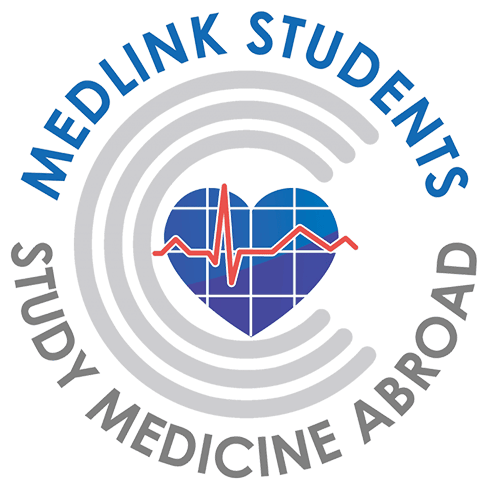

About Medlink Students
Leading international recruitment company for medical students in Europe. British Council Certified Agents. 10+ years of experience and more than 10,000 students advised.
